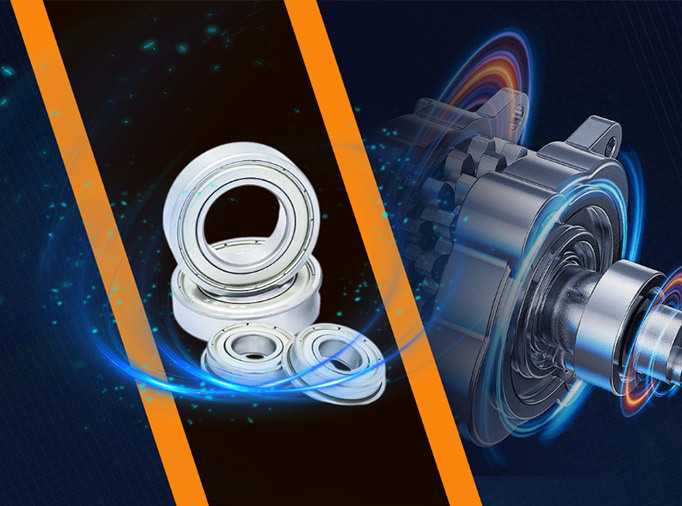Essential Insights into Deep Groove Ball Bearings: Your Guide to Enhanced Industrial Performance
Time:
2025-02-27
Deep groove ball bearings are a cornerstone component in various industrial applications, known for their versatility and reliability. These bearings are designed to support radial and axial loads, making them suitable for a wide range of machinery and equipment. Their construction typically includes an inner ring, outer ring, balls, and a cage to separate the balls and maintain their position.
One of the primary advantages of deep groove ball bearings is their ability to accommodate both radial and axial loads, which simplifies design requirements for machinery. They are particularly effective in high-speed applications due to their low frictional properties. These bearings can operate efficiently under high rotational speeds, making them ideal for electric motors, automotive applications, and various industrial machinery.
Deep groove ball bearings come in different types, including open, shielded, and sealed variants. Open bearings allow for easy lubrication and inspection, while shielded and sealed options provide enhanced protection against dust and contaminants, which is crucial for maintaining performance and longevity in harsh environments. The choice between these types depends on the specific operational conditions and maintenance capabilities of the application.
When it comes to installation, precision is paramount. Proper alignment and mounting are essential to prevent premature wear and failure. Additionally, regular maintenance can significantly extend the lifespan of deep groove ball bearings. This involves routine inspections, lubrication, and monitoring for any signs of abnormal wear or noise that could indicate potential issues. Employing the correct lubrication method is vital; using the right type and amount of lubricant can greatly reduce friction and wear.
Another important aspect to consider is the material of deep groove ball bearings. Most are made from high-carbon chromium steel, known for its durability and strength. However, depending on the application, materials such as stainless steel or ceramic might be more appropriate, especially in environments prone to corrosion or extreme temperatures.
In summary, understanding the characteristics and applications of deep groove ball bearings is crucial for professionals working with industrial equipment. Their versatility, ability to handle multiple load types, and potential for high-speed operation make them an indispensable component in many mechanical systems. By ensuring proper installation and maintenance, users can maximize the efficiency and lifespan of these bearings, ultimately leading to improved performance of their equipment. This knowledge not only aids in selecting the right bearing for specific applications but also empowers users to make informed decisions regarding maintenance and troubleshooting.
One of the primary advantages of deep groove ball bearings is their ability to accommodate both radial and axial loads, which simplifies design requirements for machinery. They are particularly effective in high-speed applications due to their low frictional properties. These bearings can operate efficiently under high rotational speeds, making them ideal for electric motors, automotive applications, and various industrial machinery.
Deep groove ball bearings come in different types, including open, shielded, and sealed variants. Open bearings allow for easy lubrication and inspection, while shielded and sealed options provide enhanced protection against dust and contaminants, which is crucial for maintaining performance and longevity in harsh environments. The choice between these types depends on the specific operational conditions and maintenance capabilities of the application.
When it comes to installation, precision is paramount. Proper alignment and mounting are essential to prevent premature wear and failure. Additionally, regular maintenance can significantly extend the lifespan of deep groove ball bearings. This involves routine inspections, lubrication, and monitoring for any signs of abnormal wear or noise that could indicate potential issues. Employing the correct lubrication method is vital; using the right type and amount of lubricant can greatly reduce friction and wear.
Another important aspect to consider is the material of deep groove ball bearings. Most are made from high-carbon chromium steel, known for its durability and strength. However, depending on the application, materials such as stainless steel or ceramic might be more appropriate, especially in environments prone to corrosion or extreme temperatures.
In summary, understanding the characteristics and applications of deep groove ball bearings is crucial for professionals working with industrial equipment. Their versatility, ability to handle multiple load types, and potential for high-speed operation make them an indispensable component in many mechanical systems. By ensuring proper installation and maintenance, users can maximize the efficiency and lifespan of these bearings, ultimately leading to improved performance of their equipment. This knowledge not only aids in selecting the right bearing for specific applications but also empowers users to make informed decisions regarding maintenance and troubleshooting.
Related recommend
Share







